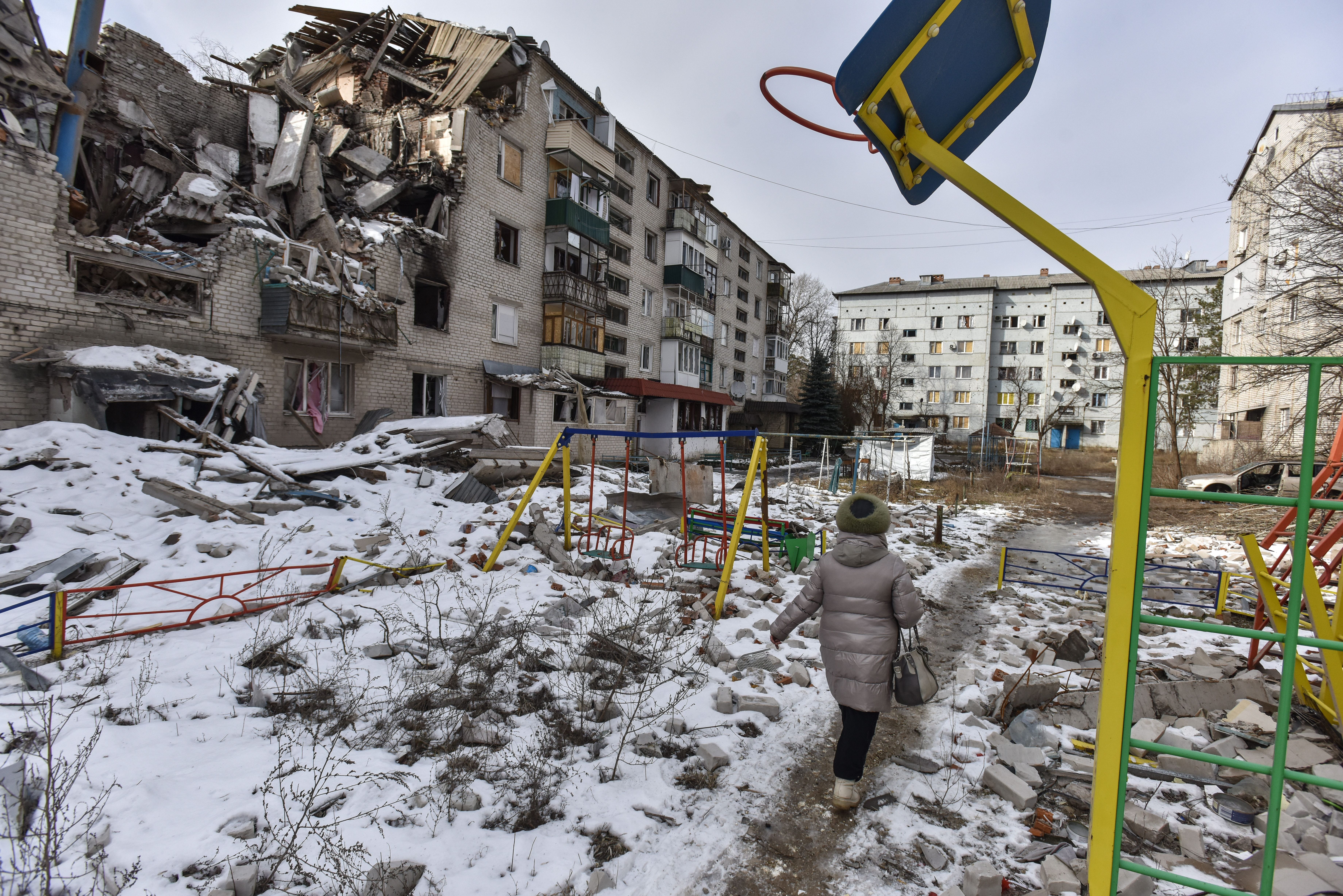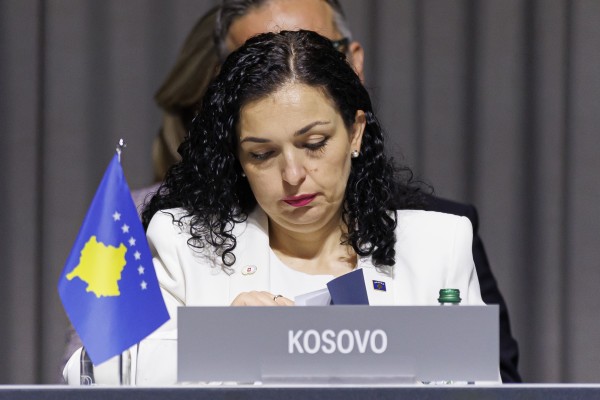Ahead of World Press Freedom Day on May 3, IPI highlights the nearly 1000 attacks on journalists and media and threats to press freedom it has documented in connection with Russia’s war on Ukraine. These attacks illustrate the tragic toll the war continues to take on journalists’ safety and on independent media.
IPI has been systematically monitoring media freedom threats and violations in both countries since Russia’s full-scale invasion of Ukraine began on February 24, 2022. Our public database, the IPI War in Ukraine Press Freedom Tracker, documents physical and other attacks on journalists covering the war in Ukraine, as well as acts of censorship; arrests and criminal charges against journalists; repressive new media legislation; and restrictions on access to information.
Our monitoring data shows there have been at least 980 threats and attacks against press freedom in Ukraine and Russia since the war began — a vast majority of which have come at the hands of Russian soldiers or Russian authorities. As we noted at the one-year mark of the war this February, media and journalists reporting from inside Ukraine have borne the brunt of the physical attacks during the war, with at least 11 journalists killed in relation to their work. Most recently, Ukrainian journalist Bohdan Bitik was killed while working with Corrado Zunino, a correspondent for the Italian newspaper La Repubblica.
At the same time, journalists and independent media reporting on the conflict from inside Russia continue to face systematic censorship, arrests, and repression. This includes the arrest of Wall Street Journal reporter Evan Gershkovich on March 30, on espionage charges.
“IPI’s monitoring data clearly demonstrates how Russia’s full-scale invasion of Ukraine is also a war against journalism”, IPI Executive Director Frane Maroević said. “Ahead of World Press Freedom Day, IPI and our global network pay tribute to the journalists who lost their lives or were injured while covering this invasion. We also celebrate the brave journalists working in Ukraine who continue to risk their lives and work in appalling circumstances in order to bring us the horrors of this war and document its devastating consequences.”
Russian authorities responsible for most violations
Since the beginning of the full-scale invasion, Russian military forces and state authorities are responsible for most of the 980 cases recorded. Out of 148 violations over the past six months, 72 were committed by Russian state authorities, and 16 more by the Russian military. As such, Russian sources were responsible for 59% of all violations documented during this period. Ukrainian authorities and the Ukrainian military were together responsible for 15%, while unknown or other sources were behind the remaining 26%. Among violations committed by Russian authorities, in at least 37 cases, journalists have been unjustly detained, arrested, or have had criminal charges brought against them.
Any mention of Russian airstrikes on civilian buildings in Ukraine – as well as any other factual reporting on the war that is not officially noted by Russian authorities – is legally recognised as “fake news” in Russia and those found guilty can be sentenced to up to five, and in the most extreme cases, up to 15 years of prison.
Two journalists, Maria Ponomarenko and Andrey Novashov, have been sentenced in criminal cases after being found guilty of spreading “fake news” about the Russian invasion of Ukraine. Ponomarenko was sentenced to six years of prison, while Novashov was handed a penalty of eight months of corrective labor.
Russian authorities also continued to suffocate independent or critical journalism through censorship and other restrictive measures, including fines and publication bans. No less than eight journalists were prosecuted for “discrediting” the Russian army, receiving fines of up to 100 thousand rubles (1100 euros), according to IPI data. All of these numbers only tell a part of the story, as Russian journalists naturally turn to self-censorship to avoid retaliation.
Seven more journalists were declared “foreign agents”, a status which entails a de facto ban on the publication of their work by any media outlet seeking to avoid also being labeled as such. Meduza, Russia’s most popular independent online media, was de facto banned from operating in Russia in January 2023, when authorities designated it as an “undesirable organization”, largely due to the outlet’s reporting on the war in Ukraine.
Lastly, according to IPI data from the past six months, at least 12 major cyber attacks targeted media in Russia and Ukraine in the context of the war. Due to the nature of these attacks, these are considered as committed by unknown sources, even if in half of the cases found, Ukrainian media were attacked by what were likely hackers supporting Russia. The remaining 50% of attacks were directed against media operating in territories under Russian control: these were mainly radio stations hacked in order to broadcast false air raid alerts.
Recent killing of journalist underscores continuing safety concerns
Journalists reporting on the war in Ukraine do so at great risk to their physical safety. At least 19 journalists have been wounded or have come under fire over the past six months while reporting on the war. Nearly all were reporting on the fighting from the Ukrainian side.
As noted above, at least 11 journalists have been killed in relation to their work since the war’s start. Ten of these cases occurred during the deadliest four-month period from February to May 2022. Bitik was the first media worker killed in the line of duty in Ukraine since May 2022. The Russian military was responsible for all killings in which perpetrators could be identified.
IPI has also documented other press freedom violations and threats in Ukraine in recent months. We documented 14 cases of censorship over the past six months. The Ukrainian army also introduced a new accreditation system for journalists, which restricted access to dozens of locations near the frontline. While the measure was later partially revoked, independent journalists in Ukraine have signaled that exemptions are applied selectively.
In several cases, local authorities have also denied journalists the right to receive publicly available information, again justifying this with martial law restrictions. Several foreign correspondents have also had their accreditations to work in Ukraine revoked on often dubious claims, even if in most cases accreditation was later returned. Lastly, Ukraine’s new media law has raised concern among some in the country’s media community.
The IPI War in Ukraine Press Freedom Tracker is a public database of violations and threats to media freedom related to Russia’s full-scale invasion of Ukraine on February 24, 2022. The Tracker monitors and documents physical and other attacks on journalists covering the war in Ukraine, as well as acts of censorship; arrests and criminal charges against journalists; repressive new media legislation; and restrictions on access to information.



